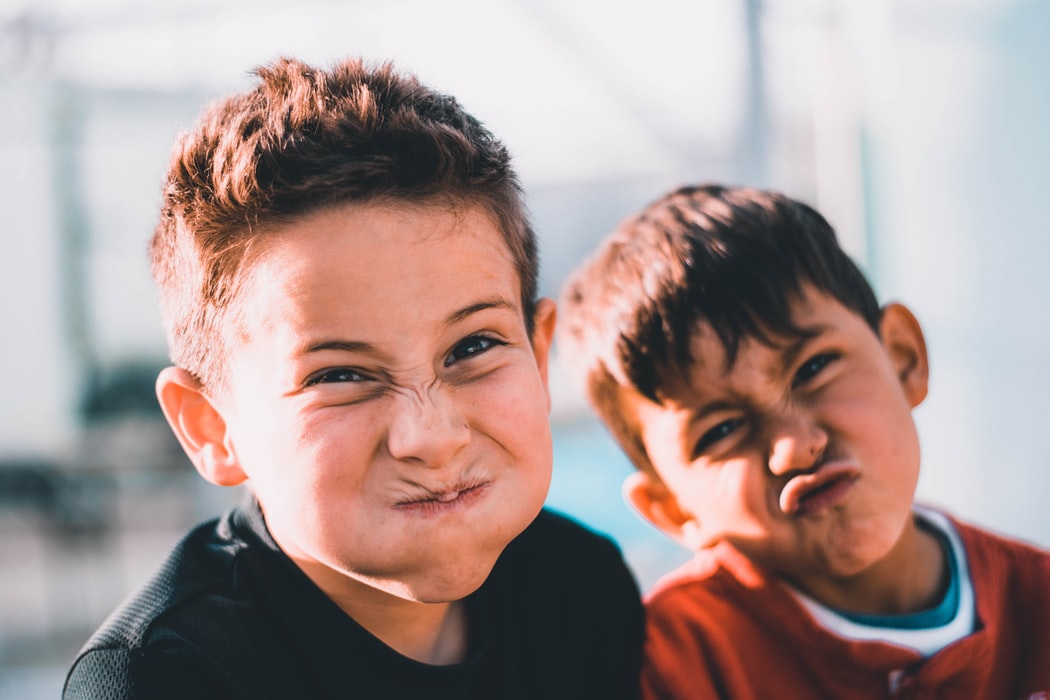Talking to kids about inequality in a way that makes them feel empowered rather than helpless is challenging.
The Street Feet Society works with local school districts in Metro Vancouver to engage youth in understanding and supporting issues of homelessness, marginalization and stigma. Here Tannis Price, co-founder of The Street Feet Society shares how she and her partner Nina Sheere explain homelessness to elementary school kids.
Ask Questions
Usually kids LOVE asking the questions, but this time you get a turn in the driver’s seat. Start by gauging their understanding of homelessness. For example:
- Do you know what it means to be homeless?
- Why do you think someone would be homeless? Is it a choice?
- What do you think it’s like to be homeless?
- What kind of people become homeless? Who are they? How old?
- What have you heard other people say about homeless people?
Address Stereotypes
Now help them refine and revise stereotypes they may hold about your community’s homeless population.
“Get a job!”
One of the most frequent comments we hear from kids is that “People are homeless because they don’t have a job”. This may be true, but it’s important to dig into the “why” of this statement.
One of the most eye-opening conversations we have with children is about job requirements in our area. Consider asking kids what they think someone needs to find, and get hired for, a job.
For example, here are a few average job requirements in Canada that most of our homeless population would fail to meet:
✅ Permanent Address
✅ Phone Number
✅ Interview Attire
✅ References
✅ Government Issued ID
Highlight the fact that many homeless people would not have access to computers or the Internet. That means they couldn’t use search engines or social media to find job opportunities, write or print resumes , and would almost definitely not have an iPhone!
Visualize
Help kids visualize the reality of homelessness in your area. For example, for the question “Who do you think homeless people are?” the answer is really, anyone. In Vancouver’s Downtown Eastside (DTES) there are homeless people of all ethnicities, genders, abilities and ages.
Consider asking what they think it might be like for a grandparent or older neighbour they know to be living outside this time of year?
Here’s another example of a conversation we had with a group of Grade 2 students last month:
“What would you do if you had to sleep outside this time of year? I bet it would be pretty hard to get a good sleep and you would probably go to school feeling very tired. I’m sure you would have a hard time focusing in class. If you had to do this every night I bet it would be pretty difficult for you to learn. Over time, this might make it hard for you to graduate on time and it may become pretty tough for you to get a good job.”
The reality is, for kids living in poverty, going to school might be the best part of their day and is where they feel the most safe. Never turn this lesson into a threat (“If you don’t do well in school, that could be you one day”) because there are many, many factors that could lead to homelessness that are outside of the control of the individual (e.g., domestic violence).
With that said, helping them understand a homeless person’s reality is an important step in developing empathy.
Model Empathy
Have you ever walked past a homeless person without notice or compassion? Children pick up on your physical cues when you’re around a homeless person or panhandler. Panhandling is a dehumanizing experience for most people, and is typically only done as a last resort. Unless you feel like your safety is being threatened, try always to at least smile, nod or respond politely if a panhandler is asking you for money. To ignore them completely teaches your child that their suffering is not even worth your awareness.
Foster volunteerism in your home
If there is a social justice issue your child cares about, help them brainstorm ways to take action. Actions could be small or large; here are some ideas from kids in our workshops:
- Pull outgrown clothes from closet to donate to a shelter.
- If you can, provide or allow kids to earn a “giving back” allowance. Help them research local charities where they could donate their money.
- At Christmas, choose an older toy to donate to a family or charity in need for every new toy they receive.
- Run a sock or toy drive in their neighborhood.
- For birthdays, ask people to donate one pair of socks with their gift.
Be Direct
You know your children better than anyone and will be able to gauge the amount of information that is reasonable for their age level. Try to answer questions as honestly as possible. You may even choose to take your child for a drive through the DTES and ask them questions in the car to foster experiential learning. The key is not to traumatize them by having them feel helpless about this issue, while helping them develop their empathetic muscle for this group of marginalized people.
Alternative statements
An important but difficult skill is how to instill a sense of humanity and shared responsibility in our youth, without training them to feel helpless about issues they care about.
How can we be transparent with kids about privilege, and empower them to make change in their communities?
It can be difficult to talk to our kids about upsetting global issues like inequality. How can we teach our youth to become humanitarians early in life, without traumatizing them with the truth? How can we help them feel empowered instead of helpless?
Other Resources:
https://www.uwkc.org/fighting-homelessness-news/talk-homelessness-with-kids/
https://www.homelesshub.ca/blog/how-can-we-talk-young-children-about-homelessness
Are you looking for online learning opportunities?
This Level 2 course is for anyone who’s completed our Yoga Outreach Core Training™.
A workshop on gender diversity and inclusion in yoga settings with Jessie Nelson.

